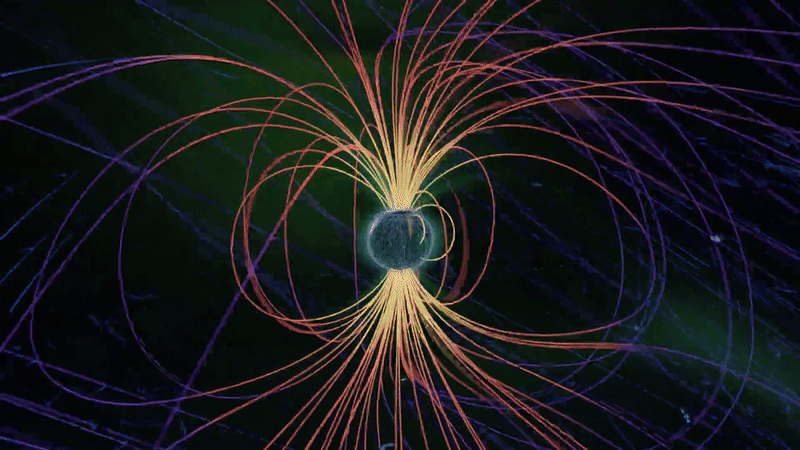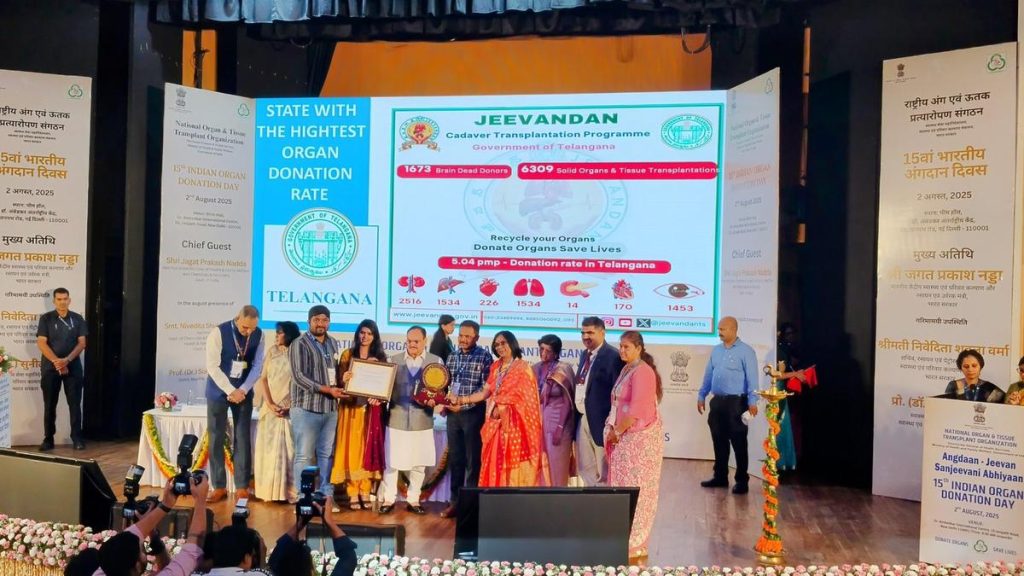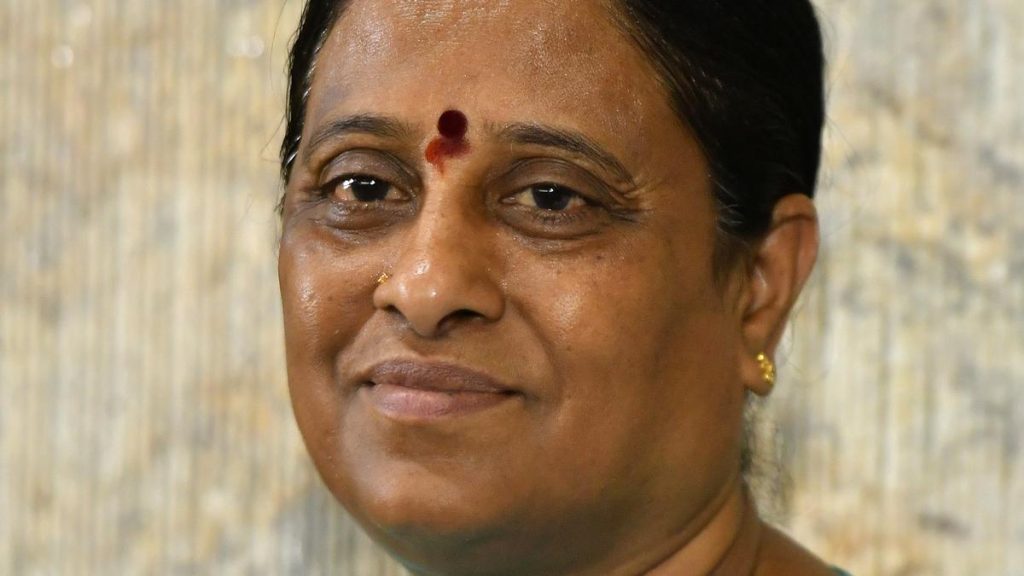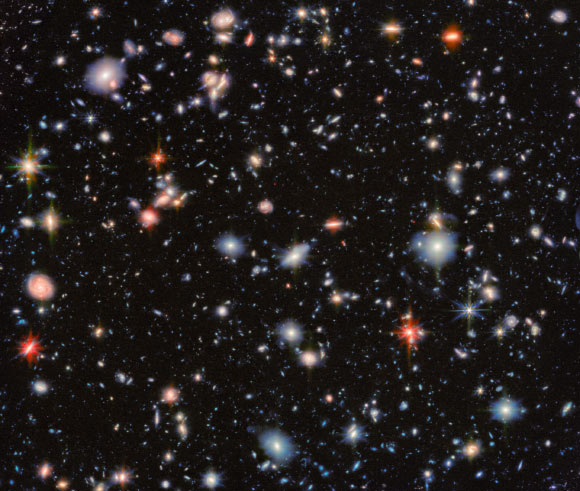Now Reading: Helio Highlights: Key Moments from July 2025
-
01
Helio Highlights: Key Moments from July 2025
Helio Highlights: Key Moments from July 2025

Fast Summary
- NASA and its international partners through the Artemis Accords are planning to send humans back to the moon for long-term exploration.
- Among potential risks for astronauts during Lunar missions, solar radiation from the Sun poses challenges such as damage to electronics and long-term health risks like cancer.
- Past data reveals critically importent solar storms, including one in August 1972 which caused widespread disruptions and could have severely impacted astronauts if a Lunar mission had been underway during that time.
- Ongoing projects such as NOAA’s Space Weather Follow-On program (SWFO), NASA’s Moon to Mars Space Weather Analysis Office (M2M SWAO), and collaborations like SOHO and HERMES aim to monitor space weather for forecasting hazards like solar flares or Coronal Mass Ejections (CMEs). These efforts enable preventive measures, including sheltering in spacecraft during dangerous events.
- The Moon’s lack of magnetosphere allows it to preserve evidence of long-term Solar activity in its surface materials, aiding scientific studies of the Solar System’s history.
- Insights into interactions between space weather and celestial bodies will inform both scientific understanding and safety protocols for future missions.
Indian Opinion Analysis
india has demonstrated interest in advancing its own lunar explorations, with initiatives like Chandrayaan offering critical contributions to global space science. NASA’s findings on solar radiation hazards underscore an important consideration for all nations engaging in deep-space missions: maintaining astronaut safety while balancing exploratory objectives.
From India’s perspective, adapting similar methodologies-such as real-time monitoring systems parallel to NOAA’s SWFO-is vital if India plans human-crewed lunar expeditions under ISRO or other collaborative programs such as Gaganyaan extensions. The preservation aspect of the Moon highlighted by researchers provides significant opportunities for India’s planetary studies programs sence unexamined data about the Sun might complement upcoming research goals within science hubs dedicated specifically toward heliophysics research.
Scaling satellite capabilities toward effective preemptive forecasting or improving equipment robustness might emerge strategic paths by ISRO policymakers examining gaps unprotected via dense atmosphere reliance satellites alone serving Earth observations mostly systematic-based usage but integrating evolutionary challenges fit will contribute ultimately modular inter-regional expansions moon geopolitics dimensions support flexibilities























